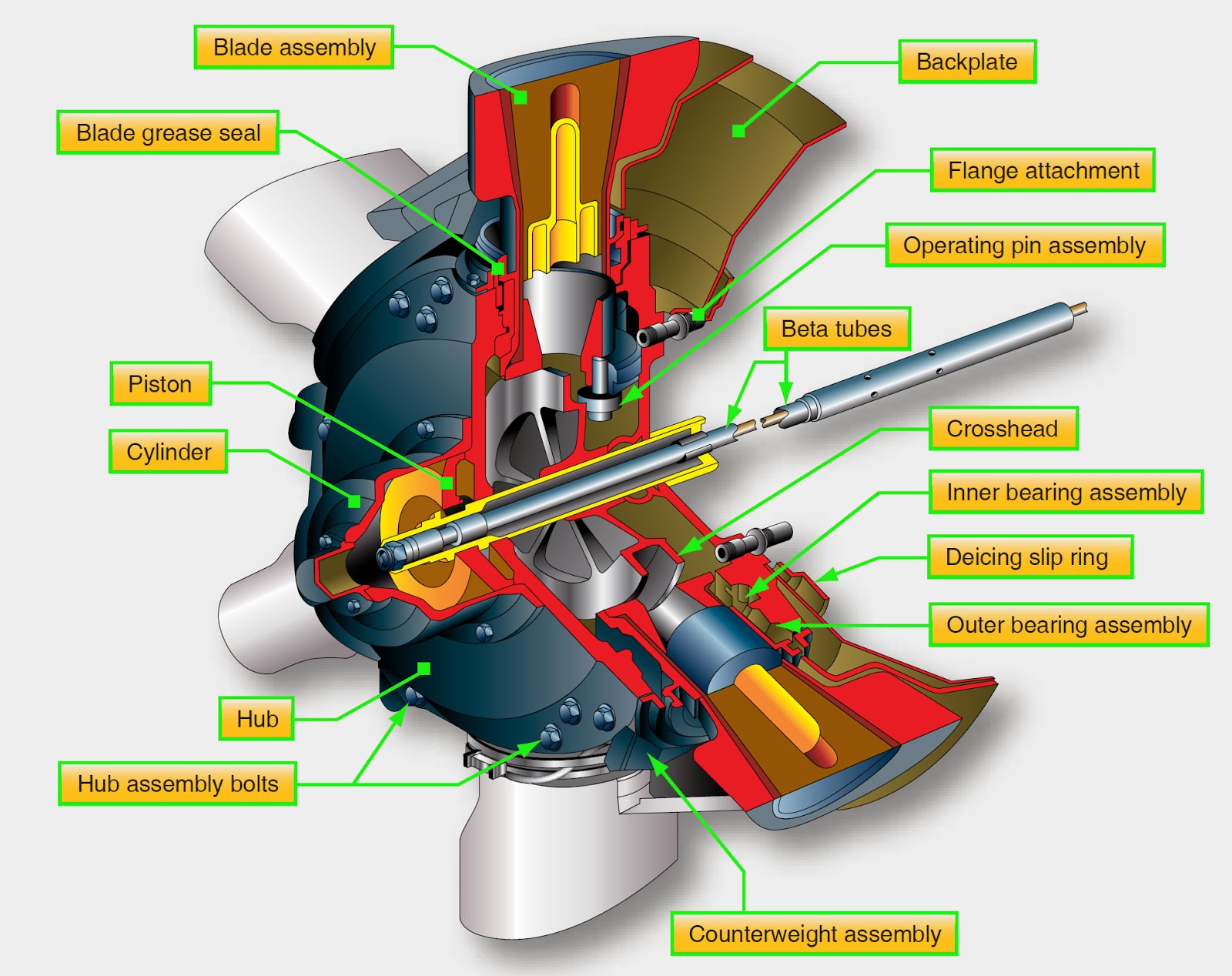

Pilots must learn to use and to listen to all available resources. Read more about the history and advantages of autothrottle technology from Flying Magazine. The levers do not move as the system adds or reduces power. In front-driven systems, the power levers’ physical position does not correspond to how much power the engines are making. The levers move via servos when the system makes power settings. Back-driven systems set power based on thrust lever positioning. On most equipped airplanes, the desired airspeed is selected into the autopilot, just like altitude or heading is.Īutothrottles come in two variants, front-driven or back-driven. A plane with autothrottles can easily incorporate power or speed control. Most small aircraft only have roll and pitch control. One of the greatest benefits of the technology is that it adds a fourth dimension to autopilot systems. When approaching a runway in gusty conditions, an autothrottle system makes many small power corrections and maintains airspeeds far more consistently than a human pilot can. The final airspeed should remain constant. As the pilot commands a pitch up to climb or banks into a turn, the autothrottle system automatically commands more power to the engines. Olivier Cleynen Thrust levers of an Airbus A320Īutothrottle technology uses the aircraft’s angle of attack to choose an appropriate amount of power to maintain specific airspeeds. Likewise, the system will optimize power settings for every phase of flight, like climb and cruise. By setting the throttles or power levers to max takeoff, the system will deliver the maximum thrust without the pilots fussing over power settings. An autothrottle is an automated technology designed to make the pilot’s job easier and to increase safety. Benefits of AutothrottlesĪutothrottle technology has been around in jetliners and corporate airplanes since the 1950s. Laypeople and aviation outsiders, on the other hand, will wonder how on earth such an abnormal callout every came to be automated into the cockpit of some of the world’s most advanced airliners. When told to retard power, their hands will fly to the power levers, because that word has been associated in their minds to the throttle position. By the time a pilot get to the flight deck of an airliner, he or she has many hours under their belt. On jet-powered aircraft, thrust lever position is usually advanced or reduced. The use of open and closed is related only to reciprocating engines, however.

When the throttle is closed, or retarded, the amount of fuel and air is reduced, and power decreases. When the throttle is advanced, or opened, the butterfly valve allows the maximum amount of fuel and air into the cylinders. The report said the mother of three was carrying a safety cone when she was plucked off her feet and ingested by the engine.Often, mechanical throttles found in small aircraft use the terminology open and close, to describe the actions of controlling the butterfly valve inside the carburetor. One of the pilots also warned the ramp agent that the engines were still running.

Piedmont and Envoy are both wholly owned American subsidiaries. The NTSB preliminary report said the worker had been told in two separate meetings just before the arrival of the aircraft to stay away from the engines on the Envoy E175 until they had been shut down and the aircraft’s beacon was off. Meanwhile, American Airlines has been fined $15,565 by the Occupational Health and Safety Association (OSHA) for safety violations in the death of a Piedmont Airlines ramp worker on Dec. “There were no operational safety issues with the airplane or the airport,” the NTSB wrote in a statement. Accordingly, the National Transportation Safety Board has canceled its investigation into the incident. Update: On Monday (June 26) the Bexar County Medical Examiner’s Office ruled the death of the ramp worker to be a suicide.


 0 kommentar(er)
0 kommentar(er)
